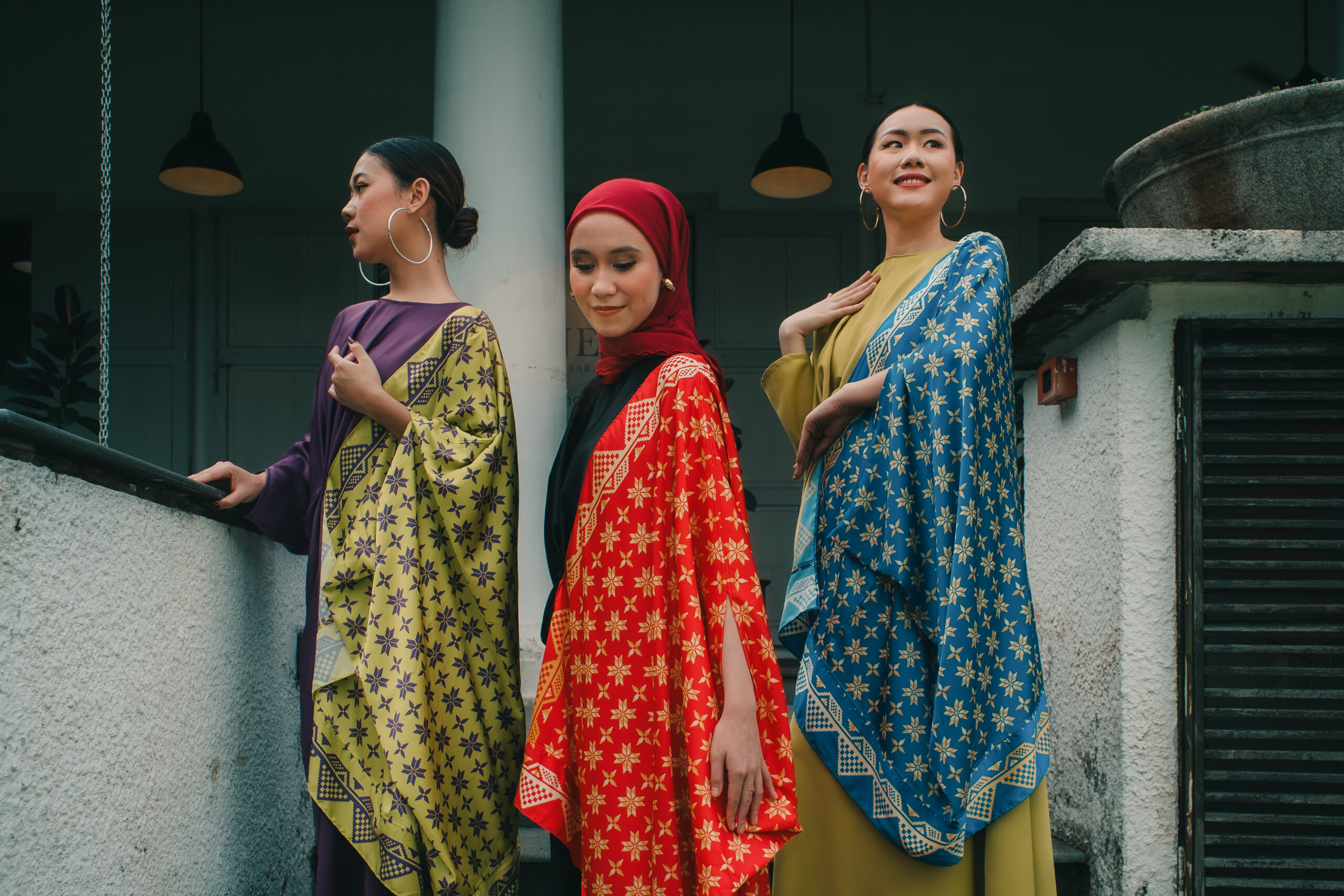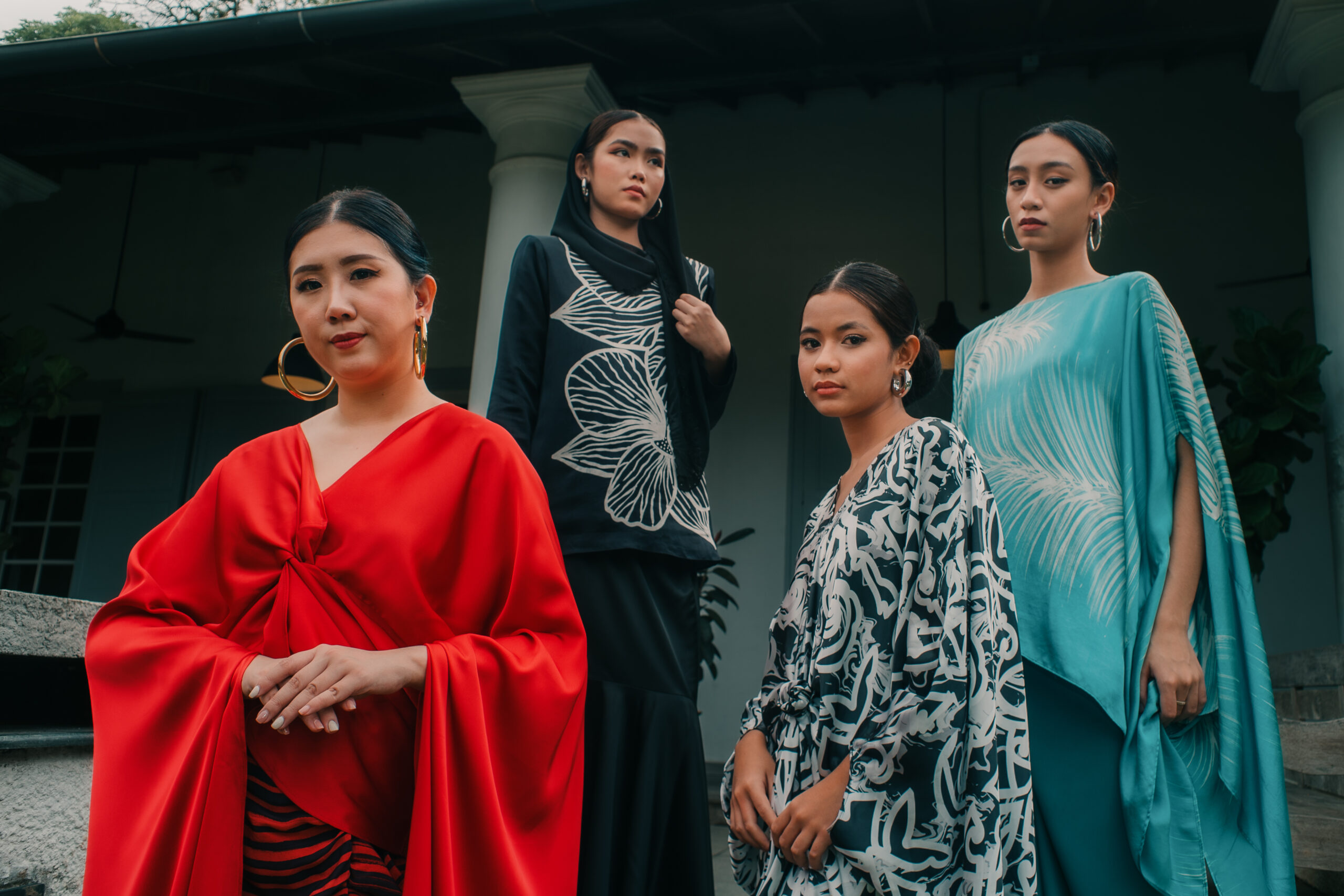Exploring the fusion of culture and contemporary expression
An esteemed emblem, epitomising tradition, elegance and innovation within the Southeast Asian fashion landscape, the baju kurung and baju cara Melayu hold a revered status symbolising pride and heritage within the Malay society for possibly over six centuries across nations like Brunei, Malaysia, Singapore and Indonesia.
In the face of swift socio-cultural changes in the region, the baju kurung has adeptly carved out a space as a poignant fusion of tradition and modernity. Balancing heritage with contemporary expression, it remains deeply rooted in cultural identity while also evolving over time.

To capture the essence of this year’s anticipated trends in baju kurung and baju cara Melayu fashion, the Bulletin engaged in insightful conversations with two local fashion designers – Farhanna Pura of NaForrer and one of the Co-Creative Designers of Bilang Zulhelmi Kamaluddin (Zul).
Delving into their expertise, we uncover the prevailing styles set to define the contemporary scene, offering a glimpse into the exciting developments awaiting fashion enthusiasts.
TRADITIONAL VERSATILITY
Farhanna Pura emphasised the importance of culture and heritage as the foundation of traditional attire. “Preserving this heritage is essential,” she said, “as it reflects our identity as Malays or Bruneians”. However, she also acknowledged the cyclical nature of fashion, where trends from the past invariably resurface to shape contemporary styles.
“Traditional attire has undergone significant evolution over the years, particularly with the rise of ready-to-wear designs.”
According to the designer, there’s now a greater emphasis on flexibility, comfort and convenience, especially in light of the pandemic. Modernity and value for money have also become crucial considerations in today’s fashion choices.
Moreover, the integration of modern fabrics and materials, said Farhanna, has undoubtedly left its mark on traditional attire as this has led to the rise of ready-to-wear collections, offering enhanced comfort, functionality and aesthetic appeal to the baju Raya.
While the construction of patterns retains its traditional essence, designers have incorporated functional elements such as the ubiquitous pockets, catering to the practical needs of modern consumers, thus ensuring an ongoing dialogue between heritage and modernity.

“As a designer, I still introduce a piece or two of baju kurung into my collection. However, change is inevitable, therefore, there is no harm to add a little of spice into the traditional baju to make it modern,” said Farhanna.
“With whatever fashion trends, they still remain as trends which comes and goes easily. No story there, just plain fashion.”
Additionally, Farhanna noted that pastel tones remain a favoured choice, reflecting a preference for understated elegance. However, in family ensembles, men often opt for darker jewel tones, adding a touch of sophistication to coordinated outfits.
“I recently did a poll on my Instagram to understand where patterns/prints stand and there are currently only a handful of those who like patterns.
“I guess having something minimal is the way to go now which again promotes ease of wear, matches with the family easily and can be worn to other functions as well,” she added.
Meanwhile, designer Zul and his partner have observed that the evolution of baju kurung design outpaces that of baju cara Melayu, noting a rapid integration of pop culture and various trending cultural influences, shaping the contemporary aesthetic of baju kurung with dynamic flair.
Despite evolving tastes in Brunei, they believe the essence of designs remain rooted in conservatism and modesty.
“Over the years, the baju kurung has undergone influences from various cultures, consequently impacting the selection of fabrics and materials.
“This influence extends to the silhouette, shape, and overall texture of the garments. For some, the preference lies in using bridal satins or thicker fabrics, as they offer a more structured appearance,” said Zul. Conversely, he also said that softer and thinner materials are favoured for their flowy and gentle drape, lending a softer touch to the traditional attire, and the choice of fabric plays a pivotal role in determining the decorative details and embellishments adorning the baju kurung.
Zul added that in contrast with our neighbouring countries, the wearing of baju kurung and baju cara Melayu extends beyond the initial days of Hari Raya in Brunei as these traditional garments hold a special significance, not only reserved for festive occasions, but also commonly donned at weddings and national events or everyday wear.
“This practice offers a platform and expanded opportunities for individuals to wear them, ensuring their continued relevance amid shifting fashion trends.”
CONTEMPORARY CLASSICS
“While I wouldn’t necessarily label them as emerging trends, it seems that elements reminiscent of the ‘90s, such as katok and sulam, are staging a comeback in accessorising baju kurung,” said Farhanna, further noting the timeless elegance these intricate embroidery techniques that adorn traditional Malayan garments embody.
“While they may momentarily fade from prominence, their enduring allure ensures a cyclical resurgence, akin to the revival seen in beloved heritage pieces such as batik and songket,” said Farhanna.
In the case of baju cara Melayu, she noted the instant sinjang with Velcro tapih is gaining traction as a convenient and easy-to-wear option, indicating a shift towards more practical accessories that enhance the overall look without compromising on style.
Farhanna also added the noticeable shift towards the popularity of kaftan tops paired with pareo skirts among women, a trend that has persisted for the past two to three years, due to its simplicity in styling.

“The pareo offers versatility with the ability to be worn in three to four different ways. Similarly, the kaftan top is not only modest but it’s effortless, airy and versatile. You can also wear them off Raya season with jeans or off to a resort,” said Farhanna.
Additionally, the prevalence of men wearing batik garments has become increasingly apparent.
“Looking ahead, it appears that these styles may become enduring staples, suggesting a continued preference for relaxed yet stylish ensembles during the festive season,” added the designer. – Izah Azahari






